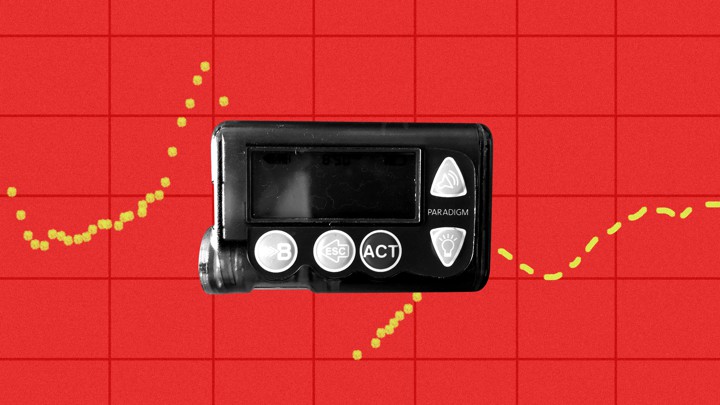
What do Aaron Kowalski, Ph.D., president and CEO of Breakthrough T1D, and Jeremy Pettus, M.D., an endocrinologist at the University of California San Diego and a Breakthrough T1D grantee, have in common? Well, for one, they both have type 1 diabetes (T1D), an autoimmune disease in which the pancreas does not make enough insulin to control blood sugar levels. But I’m looking for something even rarer.
The answer: Both Kowalski and Pettus wear a DIY artificial pancreas system. An artificial pancreas system, or an automated insulin delivery device, is when a continuous glucose monitor (CGM)—which takes blood sugar levels every five minutes—and an insulin pump can “talk” to each other via an algorithm, giving the body the right amount of insulin at the right time, the way a normal pancreas would do naturally. And both are featured in the DIY artificial pancreas piece out this month in The Atlantic.
The article goes through the DIY artificial pancreas technology—from OpenAPS and Loop, which provide the algorithm to dose appropriately, to the aftermath of a DIY artificial pancreas system (warning: it involves sleep, and lots of it!). But it is also a “self-selecting bunch,” says the author, “as the systems require buying your own equipment out of pocket and following detailed setup instructions.” Still, the artificial pancreas system will be the future for T1D, and “might be all that kids today ever know.”
The end game, says Kowalski, “is to have multiple compatible pumps, glucose sensors, and algorithms, so that patients can mix and match what they prefer.” We hope that day comes quickly, and people with T1D have an artificial pancreas system that is preferred and useful, until a cure is found.
You can read the article, titled “People Are Clamoring to Buy Old Insulin Pumps,” in The Atlantic.
Happy reading!